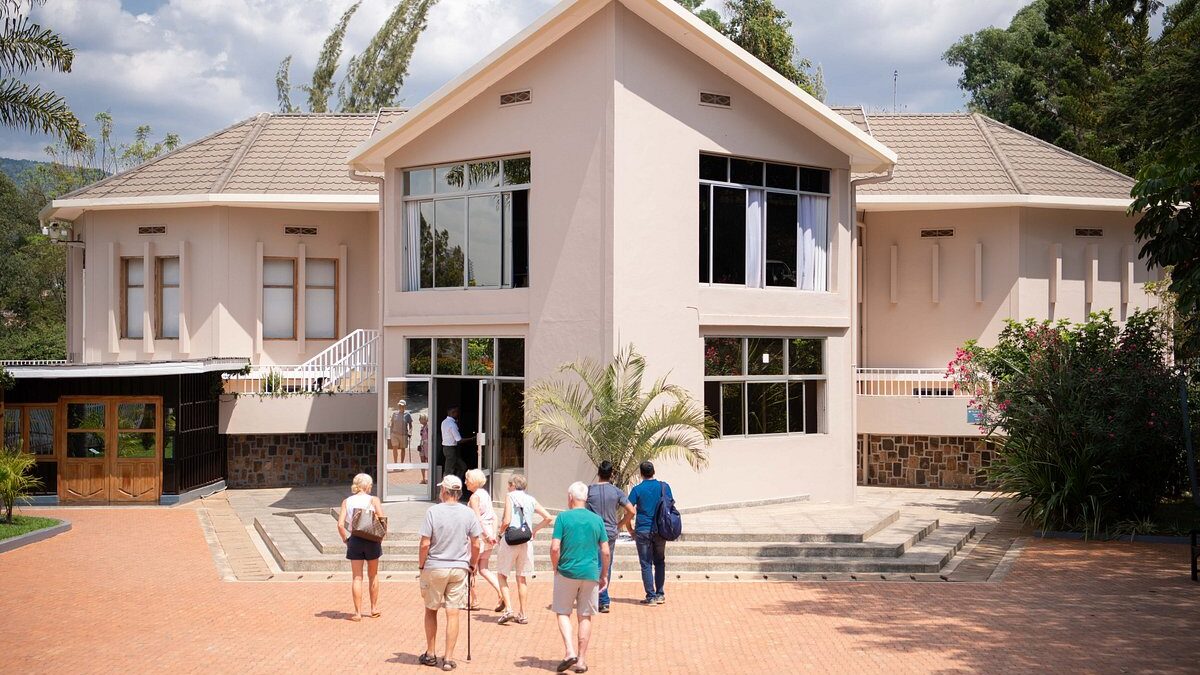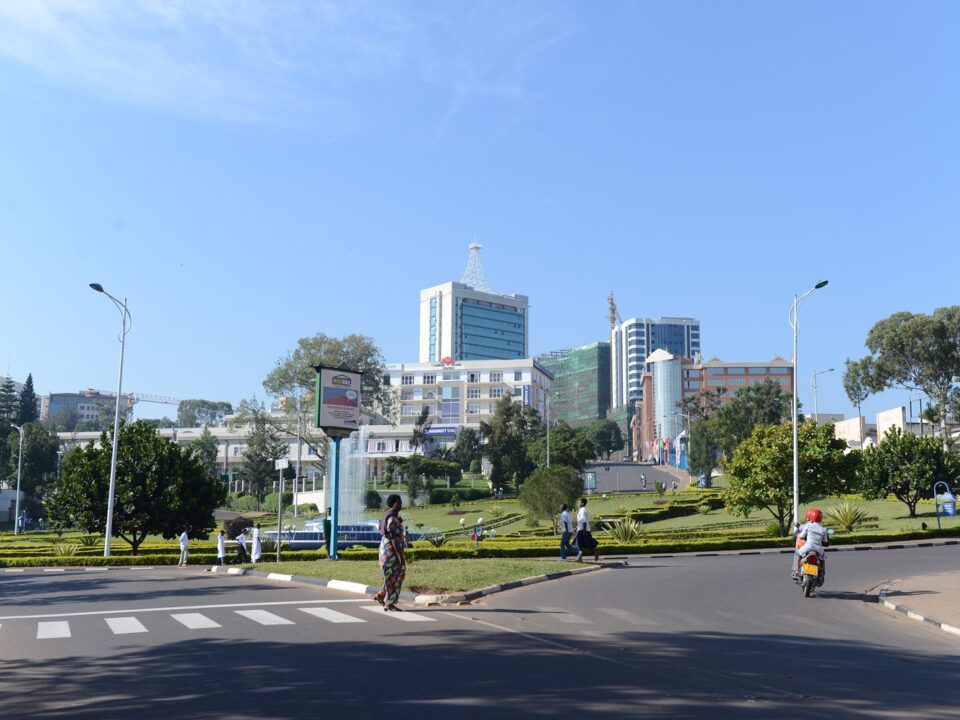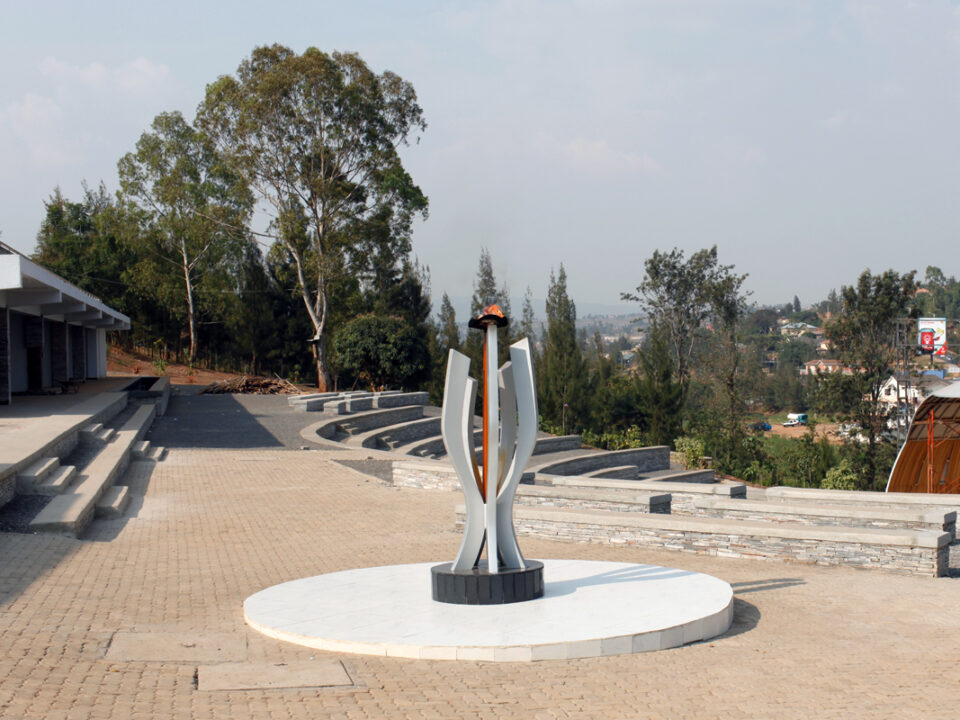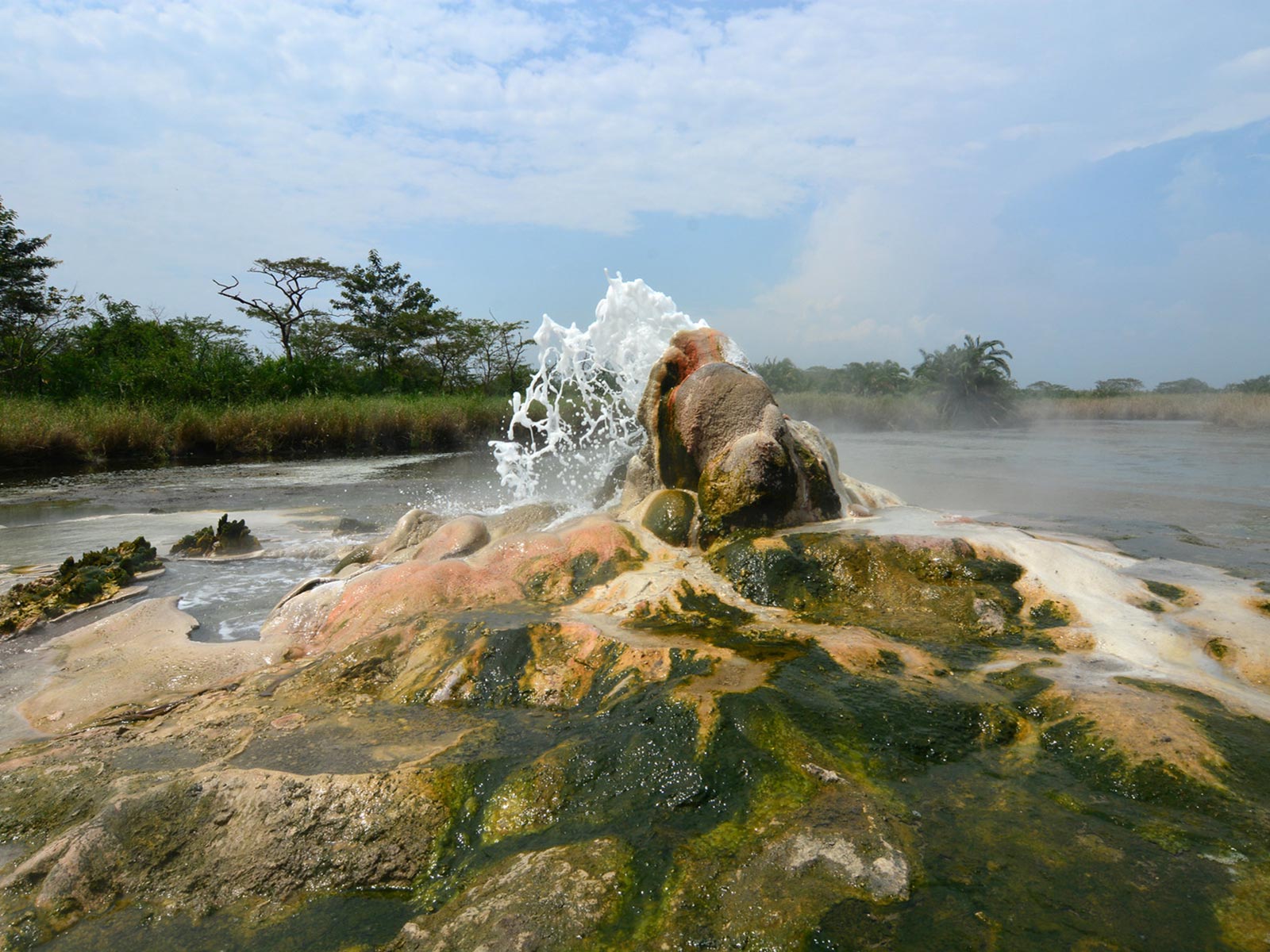
Sempaya Hot Springs in Semuliki National Park
February 21, 2024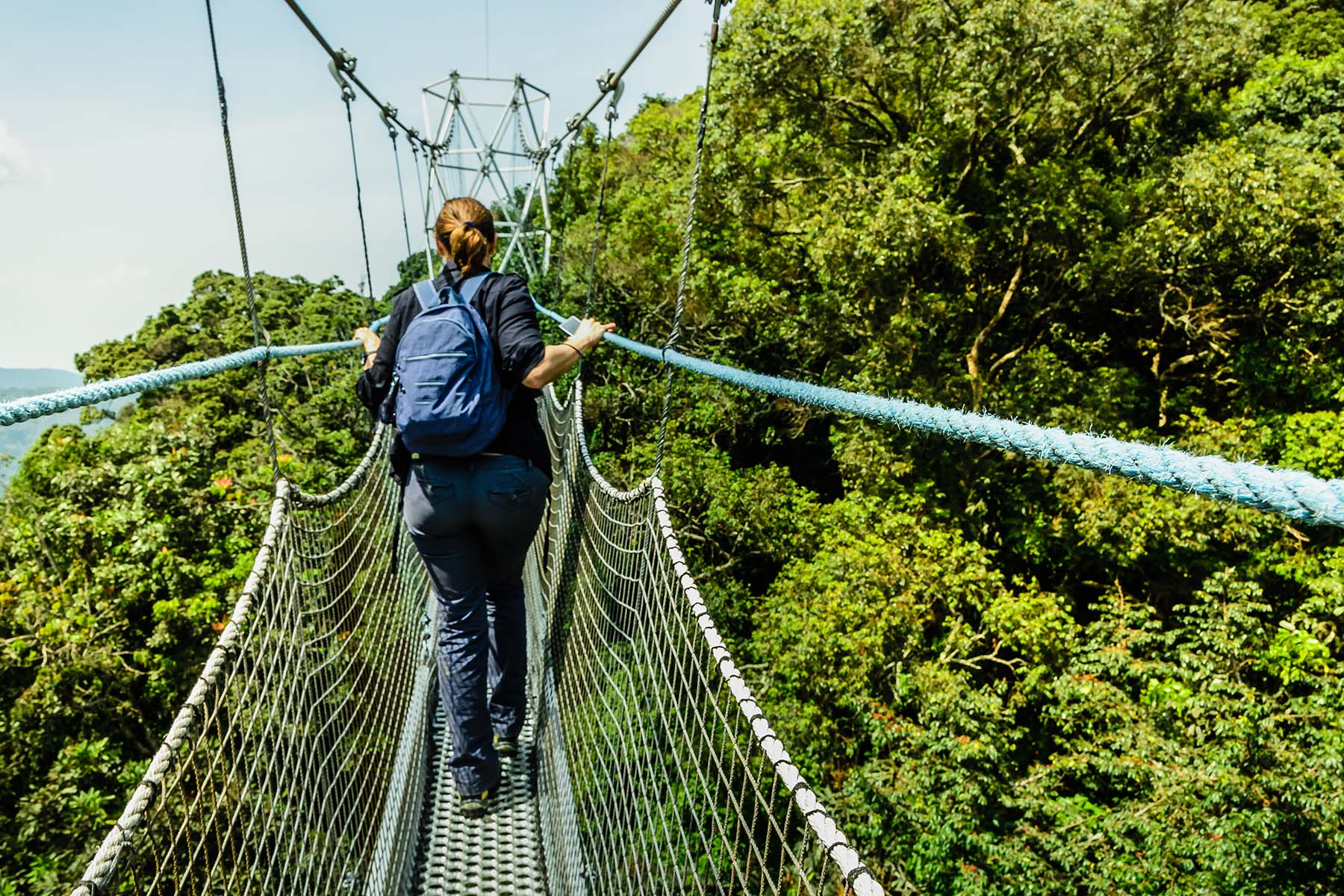
Rwanda Canopy Walk Adventures
February 21, 2024Journey into the Heart of Darkness: The Kigali Genocide Memorial Center at Gisozi
Nestled on a hilly expanse in Kigali, the capital of Rwanda, the Kigali Genocide Memorial Center at Gisozi serves as a solemn testament to one of the darkest chapters in human history – the 1994 Rwandan Genocide. This memorial site stands as a poignant reminder, honoring the memory of the 300,000 lives lost during those harrowing days. Also referred to as the Gisozi Genocide Memorial Site, it unfolds a narrative that vividly recounts the tragic events that unfolded over two decades ago.
Established in 1999, a mere four years after the brutal genocide, the Kigali Genocide Memorial Center officially opened its doors to visitors in April 2004. Under the stewardship of Aegis Trust and Kigali City Council, it has become a custodian of the collective memory and a guardian of the stories etched into the Rwandan landscape.
Upon arrival at the site, visitors are welcomed by attentive guides who provide a comprehensive briefing, offering insights into the somber history encapsulated within its grounds. Gisozi memorial site became the final resting place for over 300,000 individuals, their bodies retrieved from various locations – streets, rivers, and other places where they had been callously discarded.
For those considering places to visit around Kigali, either before or after exploring national parks, Gisozi Genocide Memorial Site stands as a poignant choice. It unveils the tragic events that transpired a mere 25 years ago, leaving the nation scarred.
As visitors tread through the Kigali Genocide Memorial Center, they encounter three significant sections. The first segment unfolds a detailed historical account of Rwanda, delving into the planned nature of the genocide against the Tutsi, and the root causes that fueled this horrific episode. The second section, named “Wasted Lives,” sheds light on massacres that, despite their documented nature, haven’t received international genocide recognition. The third section, a children’s room, pays tribute to the young lives lost during the genocide, a poignant reminder of innocence extinguished. Exhibits in this section include weapons and tools wielded during the atrocities.
The genesis of the genocide traces back to the plotted attack against the Tutsi, triggered by the assassination of Rwanda’s president as his plane landed in Kigali. This event marked the onset of widespread violence, with the Hutu launching assaults on the Tutsi. Despite the massive scale of the genocide, the international community initially viewed it as an internal conflict. Tragically, an estimated 500,000 to 1,000,000 lives were lost within a harrowing three-month period.
Gisozi Genocide Memorial Site welcomes visitors from 8:00 am to 5:00 pm, with the last entry permitted at 4:00 pm. Additionally, every last Saturday of the month, known as Umuganda, the site opens from 1:00 pm to 5:00 pm. Beyond being a historical landmark, a visit to this memorial site actively contributes to Rwanda’s socio-economic restoration, fostering awareness about the importance of unity, reconciliation, and psychological support for those who witnessed the traumatic events.
While Rwanda’s tourism encompasses dark chapters, it is not confined to the shadows. The country stands as one of Africa’s premier safari destinations, featuring captivating activities in renowned locations such as Virunga National Park, Nyungwe Forest National Park, Akagera National Park, and the serene shores of Lake Kivu.
Embracing peace and reconciliation, the people of Rwanda champion the fight against the ideology of genocide. The memorials scattered across the country bear witness to the 1994 Genocide against the Tutsi, serving as poignant reminders of lives lost. Inaugurated on the 10th anniversary of the genocide, the Kigali Genocide Memorial at Gisozi, with its ongoing Wall of Names project, continues to honor those who perished. The memorial gardens provide a space for contemplation, encouraging reflection on our shared responsibility to prevent discrimination and mass atrocities. Beyond remembrance, the center offers vital support to survivors, particularly orphans and widows, underscoring the resilience and hope that persist in the aftermath of profound tragedy.
While the largest memorial graces Kigali, the echoes of the genocide resonate throughout Rwanda, prompting the establishment of emotionally charged memorials across the nation. Some are serene gardens for introspection, while others, on a grander scale, house relics, remains, and exhibits that recount the horrors of the genocide, ensuring that the lessons from the past are never forgotten.

